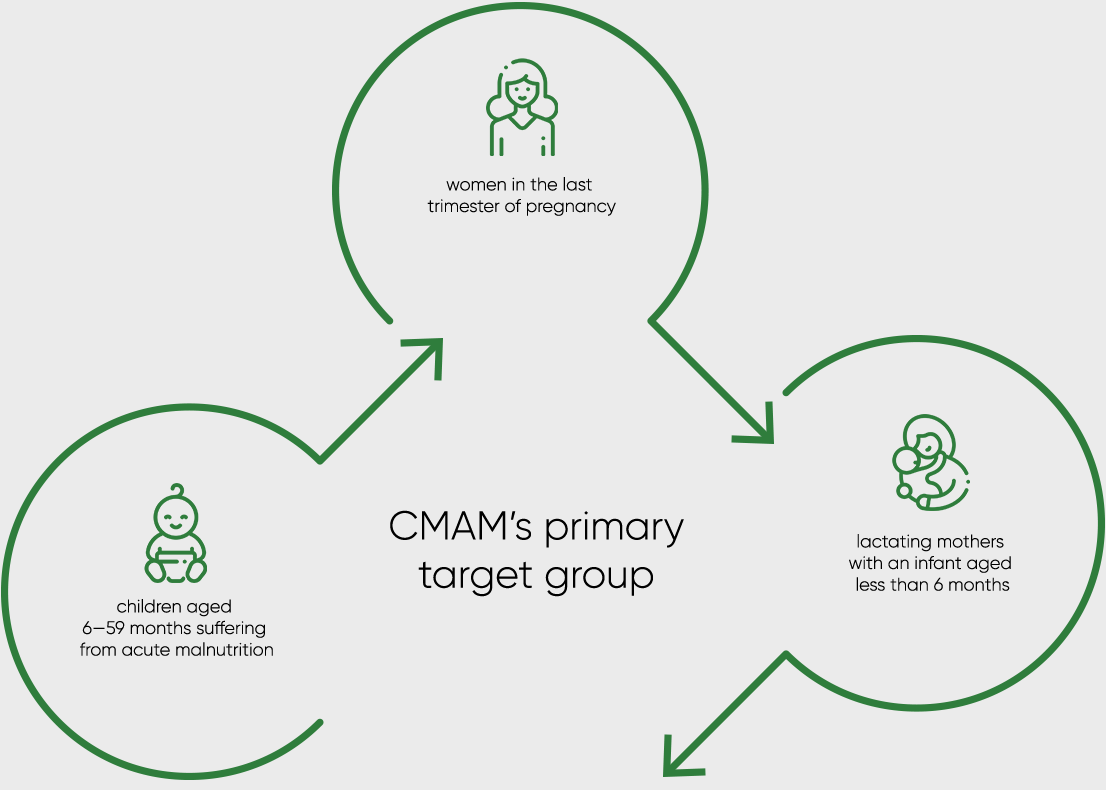Prevention of SAM
Abject poverty, lack of employment opportunity and regressive social practices such as poor girl child nutrition, early marriage, early pregnancy and poor family planning are the major causes of children being born malnourished and often having low birth weight.
Prevention of Malnutrition, and Severe Acute Malnutrition (SAM), requires an amalgamation of various approaches that tackle the diverse factors that lead to intergenerational malnutrition. While there are steps being taken to address the issues, like the government looking into further increasing the minimum age of marriage for girls, and facilities of family planning counselling being available at the smallest unit of health system and encouraging new employment generation schemes, there needs an increased push towards strengthening how the country looks at nutrition. The POSHAN Abhiyaan is definitely a promising step towards this direction. But, as per a study funded by the MoHFW and the Bill and Melinda Gates Foundation, if POSHAN program continues at the same pace, India will not achieve its own nutrition targets of 2022 or the UNICEF and WHO 6 targets of 2030.
The Community based Management of Acute Malnutrition (CMAM) protocols also propose to fortify the supplementary nutrition provided to the target group which includes all children six months to six years, pregnant & breastfeeding women, and adolescent girls. The government is currently looking at ways to enhance the nutritional content of the foods to these beneficiaries. The CMAM program, once launched, could potentially reach out to all children with severe wasting rapidly because of the extensive nature of the existing community-based systems and platforms that already exist in the country. Through capacity building of anganwadi workers and communities, which is another crucial element of the programme, CMAM also aims to improve the scope of counselling regarding nutrition of girl child, and maternal nutrition.
CMAM also empowers caregivers by giving them responsibility for the treatment and care of their malnourished child through a home-based care approach. Indirect beneficiaries of CMAM programmes include families of children under 5, community leaders and community health workers, who are empowered with knowledge on the causes and consequences of acute malnutrition and on available treatment. There are indirect benefits to the households of children who are enrolled in CMAM, as families save time and money by effectively treating a malnourished child at home rather than travelling to in-patient care facilities for treatment.
According to UNICEF, ‘Every US$ 1 invested in nutrition, including the treatment of severe acute malnutrition, generates as much as US$ 138 in better health and increased productivity. At the other end of the scale – not investing in nutrition perpetuates economic losses both to individuals and to countries – at an estimated cost of up to 11% of annual gross domestic product in lost productivity.’
